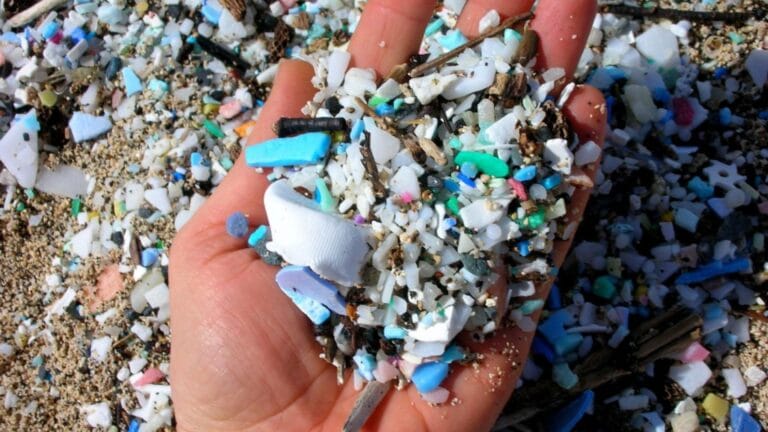A groundbreaking study by ADEME reveals that microplastics are present in three-quarters of soils in France. These tiny fragments, measuring less than 5 mm, mainly come from landfills, wastewater, and organic materials used as fertilizers.
### An alarming contamination
Of the 33 soil samples analyzed in this study, 25 showed traces of microplastics. Grasslands are the most affected, with 100% of samples contaminated, compared to 25% for forest soils. This contamination, described as “quasi-systematic,” illustrates a concerning saturation of the environment with these particles resulting from human activity.
### Impacts still unknown
While the impact of microplastics on human health remains uncertain, their omnipresence is worrying. As explained by Isabelle Desportes, a research engineer specializing in the environmental impacts of waste, it is urgent to deepen studies to understand the potential consequences on ecosystems and health.
### A threat to the food chain
These particles are not limited to soils. According to data from the European Parliament, microplastics have been detected in common foods such as tap water, honey, and beer. In the oceans, they are massively integrated into the food chain, threatening marine wildlife and, indirectly, human consumers.
In 2017, the United Nations estimated that there were 51 trillion plastic particles in the oceans, which is 500 times more than the number of stars in the galaxy. This figure gives an idea of the scale of the environmental crisis related to microplastics.
### A necessary awareness
This ADEME study marks an important step in understanding pollution from microplastics. However, it also highlights the urgency to act to limit their spread and prevent their impacts on terrestrial and marine ecosystems, as well as on human health.


